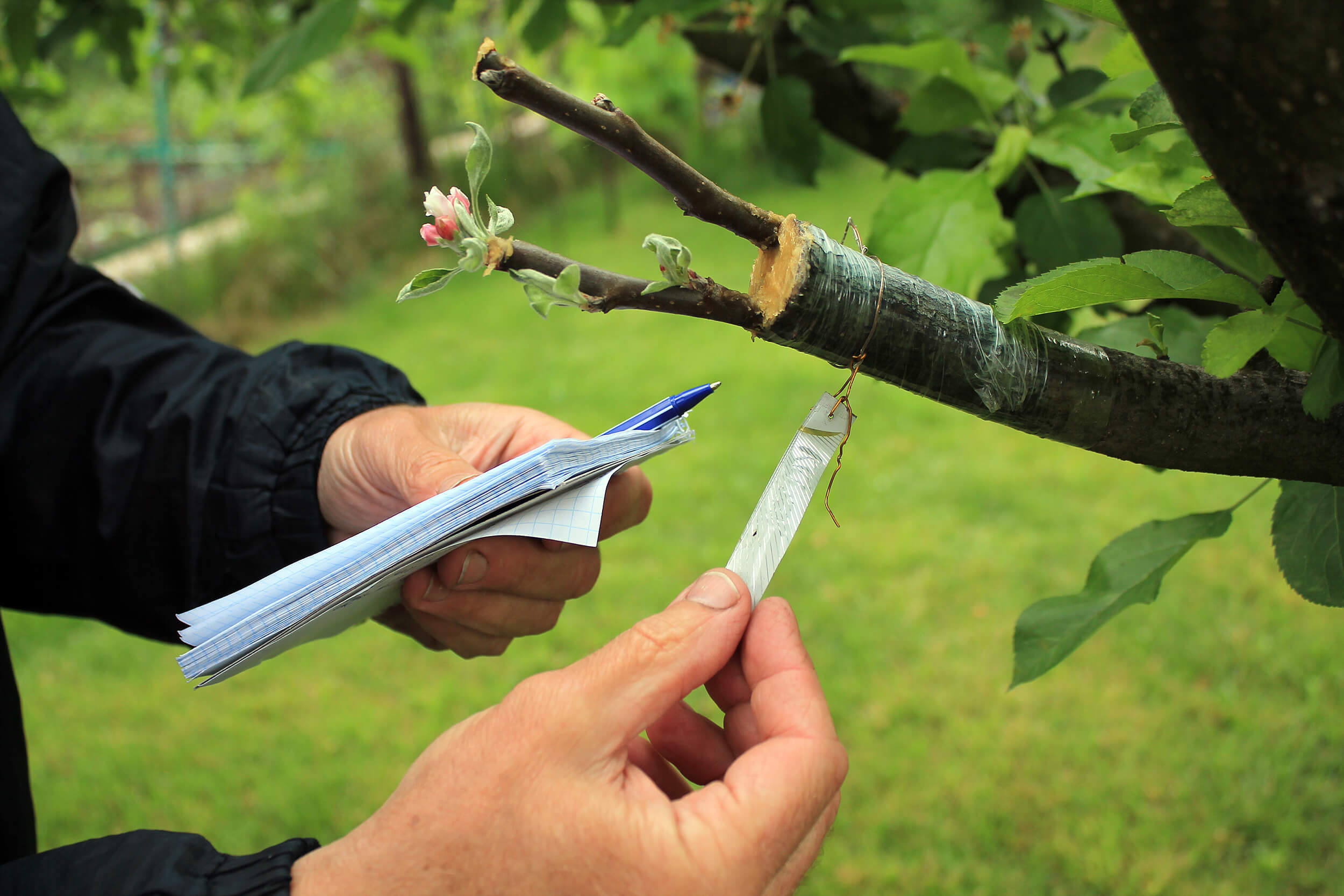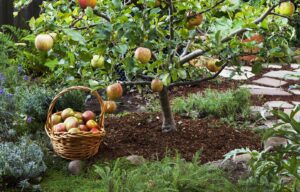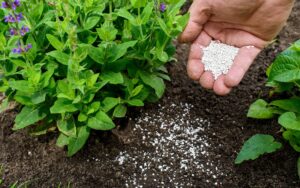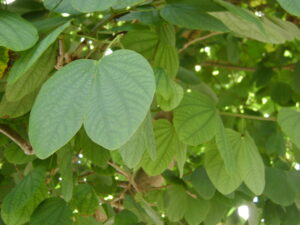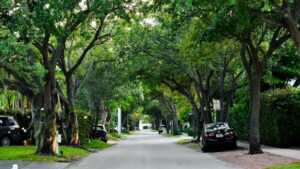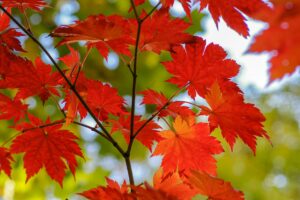Free Tree Health Assessment: What It Is and How to Get One
Trees are invaluable assets to any property, contributing to the environment, increasing property value, providing shade, and improving air quality. Ensuring they remain healthy and structurally sound is critical, but many homeowners and property managers may not realize how important regular tree health assessments are. Fortunately, free tree health assessments are offered by various agencies and local services to help evaluate the condition of your trees. In this article, we will explore what a tree health assessment is, how you can get a free tree health assessment, the tools used, and a list of agencies that provide these services.
What Is a Tree Health Assessment?
A tree health assessment is a process where professionals or certified arborists examine a tree’s overall condition. It involves evaluating the tree’s structure, identifying potential diseases or pest infestations, checking for environmental stress factors, and ensuring the tree is safe and healthy. A health assessment typically looks at:
- Tree Canopy: The foliage is inspected for signs of disease, nutrient deficiency, or water stress.
- Branches: Dead, broken, or diseased branches are identified, which could pose safety risks.
- Trunk: The bark is examined for cracks, holes, decay, or signs of infestations.
- Root System: The health of the roots is checked, including whether the tree is securely anchored and free from rot or damage.
- Soil Condition: The surrounding soil is inspected to determine if the tree has access to the nutrients it needs.
The purpose of a tree health assessment is not only to diagnose potential issues but also to recommend treatment options such as pruning, pest management, or soil amendments.
How Can We Perform a Free Tree Health Assessment?
Free tree health assessments can be conducted through various services offered by government agencies, nonprofit organizations, environmental groups, or local tree care companies. Here are a few ways to obtain a free assessment:
1. Contact Local Government or Urban Forestry Programs
Many cities and towns have urban forestry programs or tree care services that offer free tree assessments, particularly for public trees or those located in parks. These programs typically have certified arborists on staff who can evaluate trees for free.
2. Reach Out to Nonprofit Organizations
Environmental organizations and tree conservation groups often provide free tree health assessments as part of their mission to preserve green spaces. These groups may focus on promoting tree health and sustainability, offering assessments at no cost to help homeowners maintain healthy trees.
3. Check with Local Tree Care Companies
Some private tree care companies offer free tree health assessments as part of their promotional services. These assessments are often used to build relationships with potential clients, and they may provide basic diagnostics at no charge, while offering suggestions for paid services if issues are found.
4. Community Tree Inspection Events
Some municipalities or environmental organizations host community tree inspection events where certified arborists assess multiple trees in residential or public areas. These events are typically free to participate in and provide a quick overview of tree health.
Which Tools Can Be Used for a Tree Health Assessment?
To perform a thorough tree health assessment, professionals and arborists often use various tools to evaluate tree structure, disease presence, and overall vitality. Some of these tools include:
1. Visual Inspection Tools
- Binoculars: Used to inspect the upper canopy and branches without climbing the tree.
- Measuring Tape: To measure the tree’s diameter, height, and canopy spread for overall health evaluation.
2. Diagnostic Tools
- Resistograph: This tool drills a small hole into the tree and measures the resistance, helping to detect internal decay or cavities in the wood.
- Sonic Tomography: Uses sound waves to create a map of the tree’s internal structure, detecting rot or hollow areas.
- Soil Probe: Assesses the condition of the soil around the tree, checking for compaction, drainage issues, and nutrient availability.
3. Pest and Disease Detection Tools
- Insect Traps: Used to capture harmful insects that could be damaging the tree.
- Microscope: For close-up examination of leaves or bark to identify diseases or pests that may not be visible to the naked eye.
List of Top 25 Agencies Offering Free Tree Health Assessments
Here’s a list of 25 agencies across the United States that offer free tree health assessments. These organizations include local government urban forestry programs, nonprofit groups, and tree care companies.
| Agency Name | Phone Number | City | State | Website URL |
|---|---|---|---|---|
| New York City Parks Department | (212) 639-9675 | New York | NY | nycgovparks.org |
| TreePeople | (818) 753-4600 | Los Angeles | CA | treepeople.org |
| Portland Urban Forestry | (503) 823-8733 | Portland | OR | portland.gov/trees |
| Seattle ReLeaf | (206) 684-5008 | Seattle | WA | seattle.gov/trees |
| Friends of the Urban Forest | (415) 561-6890 | San Francisco | CA | fuf.net |
| Casey Trees | (202) 833-4010 | Washington D.C. | DC | caseytrees.org |
| Austin Urban Forestry Program | (512) 974-1876 | Austin | TX | austintexas.gov/department/urban-forestry |
| Sacramento Tree Foundation | (916) 924-8733 | Sacramento | CA | sactree.org |
| Trees Atlanta | (404) 522-4097 | Atlanta | GA | treesatlanta.org |
| Arbor Day Foundation | (888) 448-7337 | Lincoln | NE | arborday.org |
| Tree Pittsburgh | (412) 362-6360 | Pittsburgh | PA | treepittsburgh.org |
| Canopy | (650) 964-6110 | Palo Alto | CA | canopy.org |
| Friends of Trees | (503) 282-8846 | Portland | OR | friendsoftrees.org |
| Philadelphia Parks and Rec | (215) 683-3600 | Philadelphia | PA | phila.gov |
| Milwaukee Urban Forestry | (414) 286-2489 | Milwaukee | WI | city.milwaukee.gov/forestry |
| Greening of Detroit | (313) 237-8733 | Detroit | MI | greeningofdetroit.com |
| Trees Charlotte | (704) 577-2004 | Charlotte | NC | treescharlotte.org |
| Tree New Mexico | (505) 265-4554 | Albuquerque | NM | treenm.org |
| Keep Indianapolis Beautiful | (317) 264-7555 | Indianapolis | IN | kibi.org |
| Madison Parks Urban Forestry | (608) 266-4816 | Madison | WI | cityofmadison.com/parks/forestry |
| Urban ReLeaf | (510) 575-0443 | Oakland | CA | urbanreleaf.org |
| Sacramento City Urban Forestry | (916) 808-1717 | Sacramento | CA | cityofsacramento.org |
| Boston Urban Forest Council | (617) 635-7275 | Boston | MA | boston.gov/departments/parks-and-recreation |
| Trees Forever | (319) 373-0650 | Marion | IA | treesforever.org |
| Denver Urban Forestry | (720) 913-0651 | Denver | CO | denvergov.org/urbanforestry |
Conclusion of Tree Health Assessment
A free tree health assessment is an invaluable resource for maintaining the well-being of the trees on your property. With numerous local agencies, nonprofits, and urban forestry programs offering this service, it’s easy to find help. By getting your trees inspected, you can ensure their health and safety while preventing costly damage down the road. Take advantage of the free services provided by the agencies listed above and help your trees thrive.
1. What is a tree health assessment?
A tree health assessment evaluates a tree’s overall condition, including its structure, canopy, trunk, roots, and surrounding soil. It helps identify issues like diseases, pest infestations, or structural damage and provides recommendations for treatments to ensure long-term health and safety.
2. Why is a tree health assessment important?
Tree health assessments are crucial for identifying potential problems early, such as diseases, pests, or structural weaknesses. Regular assessments help maintain tree safety, improve longevity, prevent costly damage, and enhance the tree’s ability to thrive in its environment.
3. How often should I get a tree health assessment?
It’s recommended to conduct tree health assessments annually or biannually, especially for older or larger trees. Additionally, assessments should be done after severe weather events or if visible signs of stress, disease, or damage are present.
4. Are tree health assessments free?
Many organizations, including local government urban forestry programs, nonprofits, and some tree care companies, offer free tree health assessments. These services often include basic diagnostics and advice, with the option for further paid services if needed.
5. What do arborists check during a tree health assessment?
Arborists examine various aspects of the tree, including the condition of leaves, branches, trunk, roots, and soil. They look for signs of disease, decay, pests, structural damage, or environmental stress to assess the tree’s overall health and safety.
6. What tools are used in a tree health assessment?
Common tools used include binoculars for canopy inspection, resistographs for detecting internal decay, soil probes for analyzing soil health, and sonic tomography for assessing internal tree structure. Arborists also use microscopes to identify pests or diseases at a microscopic level.
7. Can I perform a tree health assessment myself?
While basic visual assessments can be done by homeowners, professional arborists are trained to detect hidden issues like internal decay or root problems. For an accurate diagnosis and treatment plan, it’s best to seek professional help from certified arborists.
8. What are the signs of an unhealthy tree?
Signs of an unhealthy tree include discolored or wilting leaves, dead or broken branches, cracks or cavities in the trunk, exposed roots, fungal growth, and insect infestations. If you notice any of these signs, it’s important to get a tree health assessment.
9. What is the cost of a professional tree health assessment?
While some agencies offer free tree health assessments, a professional service typically ranges from $75 to $500, depending on the complexity of the inspection and whether advanced diagnostic tools like resistographs or sonic tomography are required.
10. What is the difference between a tree inspection and a risk assessment?
A tree inspection evaluates the overall health of the tree, including disease, pests, and structural issues. A risk assessment focuses specifically on identifying potential hazards, such as falling branches or instability, that could pose safety risks to people or property.
11. Can tree health assessments prevent tree removal?
Yes, regular tree health assessments can help detect issues early, allowing for treatments that may prevent the need for tree removal. Proper care, such as pruning, pest management, and soil treatment, can extend a tree’s life and reduce the risk of structural failure.
12. What happens after a tree health assessment?
After an assessment, the arborist will provide a detailed report of the tree’s condition and recommend treatments if needed. These may include pruning, pest control, soil amendments, or structural support. In severe cases, they may suggest removal for safety reasons.
13. Can a tree recover from disease or damage?
Many trees can recover from diseases or minor damage if identified and treated early. Proper care, such as pruning affected branches, improving soil health, or applying appropriate treatments, can often restore a tree’s health and vitality.
14. How can I find free tree health assessment services?
You can find free tree health assessments through local urban forestry programs, nonprofit organizations, or tree care companies. Many cities have tree conservation initiatives or host community events where certified arborists offer free assessments.
15. How do I know if my tree needs an assessment?
If your tree shows signs of stress, such as wilting, leaf discoloration, dead branches, or trunk damage, it’s time for an assessment. Trees that lean, have exposed roots, or have been affected by severe weather should also be inspected for safety.
